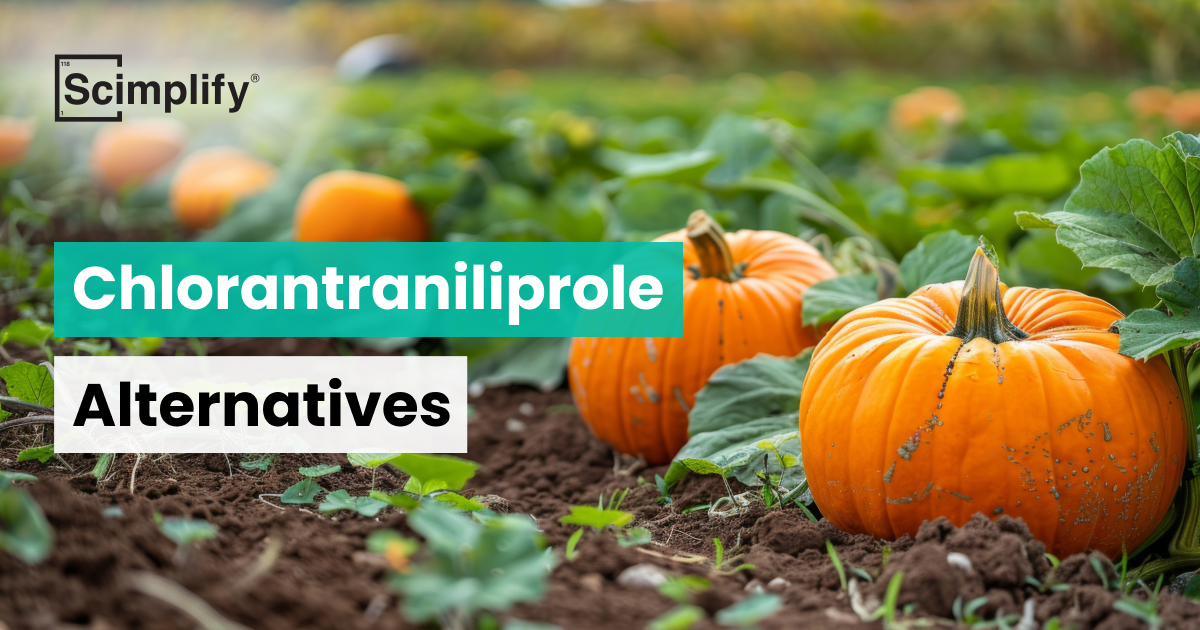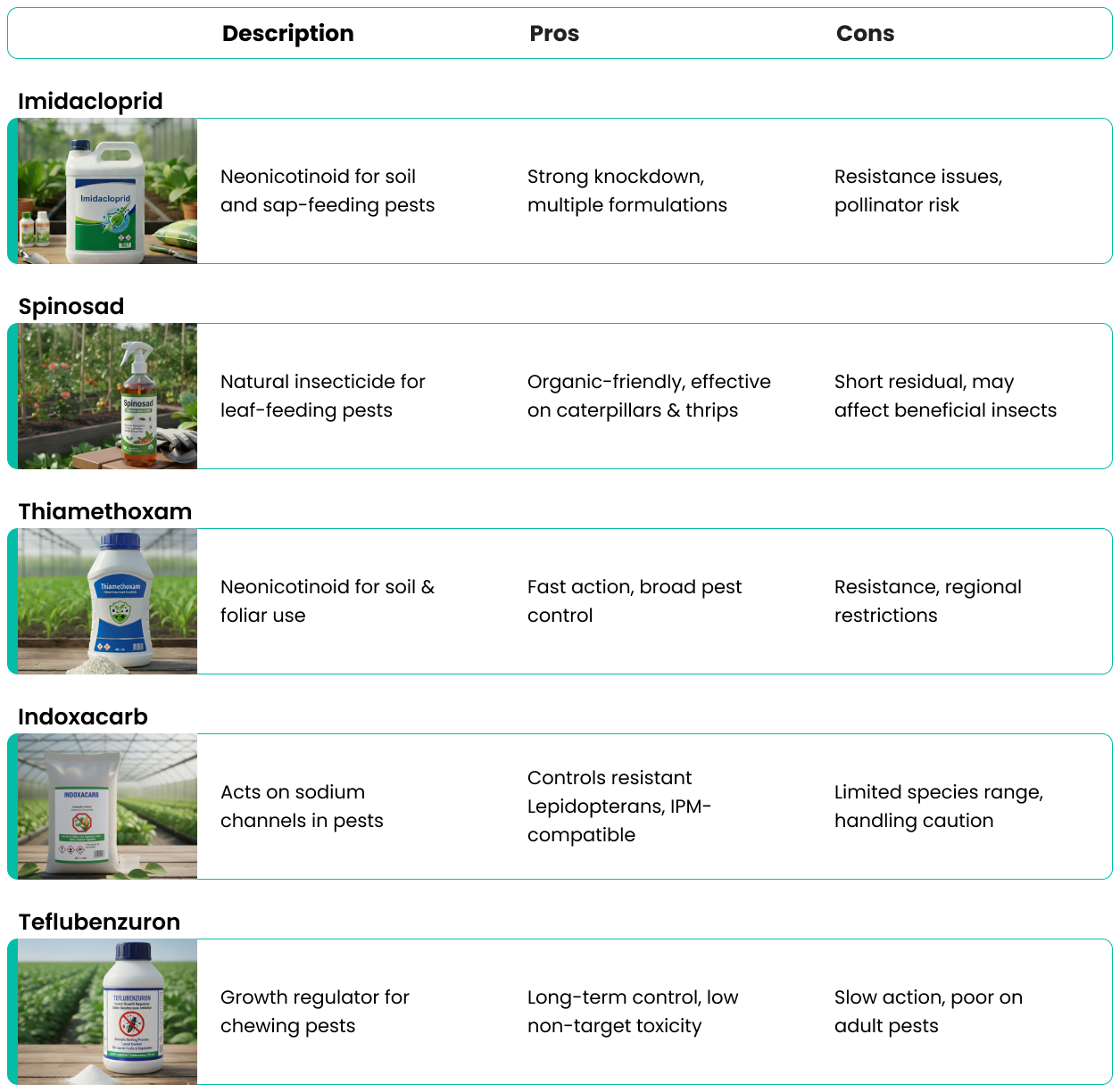Chlorantraniliprole - Alternatives, Pros & Cons
Explore chlorantraniliprole’s uses, pros, and cons along with effective alternatives like imidacloprid, spinosad, and indoxacarb for sustainable pest control.

Chlorantraniliprole is a modern insecticide that falls under the anthranilic diamide chemical group; it is commonly used in controlling a wide range of lepidopteran insect pests like the caterpillar, borers, armyworms, and leaf miners. It works by acting on ryanodine receptors in insect muscle cells, causing a fainting paralysis and ultimately causing death. Chlorantraniliprole causes selectivity on pests and avoids harm to other beneficial organisms, and is an effective component of integrated pest management.
Chlorantraniliprole is provided in various formulations, such as suspension concentrate (SC), popular 18.5% SC, water-dispersible granules (WDG), and granular forms, which allow the choice of many crops and application methods.
Secure Consistent Crop Protection - Request a Pymetrozine Sample!
Alternatives to Chlorantraniliprole
1.Imidacloprid
A neonicotinoid insecticide that is efficient against soil pests and sap-feeding insects.
- Pros:
- Systemic activity with strong knockdown against aphids and whiteflies.
- Versatile formulations, including granules and sprays.
- Cons:
- Resistance issues are widely reported.
- Environmental concerns, especially regarding pollinators.
2.Spinosad
A natural fermentation product effective against a variety of leaf-feeding pests.
- Pros:
- Derived from natural sources, suitable for organic farming.
- Effective against caterpillars and thrips.
- Cons:
- Shorter residual activity needs more frequent application.
- May harm beneficial insects if not carefully applied.

3.Thiamethoxam
A neonicotinoid is widely used for soil and foliar treatment.
- Pros:
- Rapid systemic action, broad pest spectrum.
- Cons:
- Resistance development and regulatory restrictions in some regions.
A potent insecticide targeting voltage-gated sodium channels in pests.
- Pros:
- Good control of resistant Lepidopteran populations.
- Compatible with integrated pest management programs.
- Cons:
- Limited activity on certain pest species.
- Requires careful handling due to toxicity concerns.
5.Teflubenzuron
An insect growth regulator is effective on the larval stages of chewing pests.
- Pros:
- Controls pest populations by inhibiting chitin synthesis.
- Low toxicity to non-target species.
- Cons:
- Slow action; not suitable for immediate pest outbreaks.
- Limited control over adult pests.
Conclusion
While Chlorantraniliprole and its various formulations, including the widely used 18.5% SC, remain highly effective options for managing caterpillars and related pests, alternatives exist that can suit different crop and pest scenarios. Choosing the right insecticide depends on pest species, resistance profiles, environmental considerations, and crop type. Integrated pest management strategies often incorporate multiple modes of action to sustain efficacy and reduce resistance risks.


